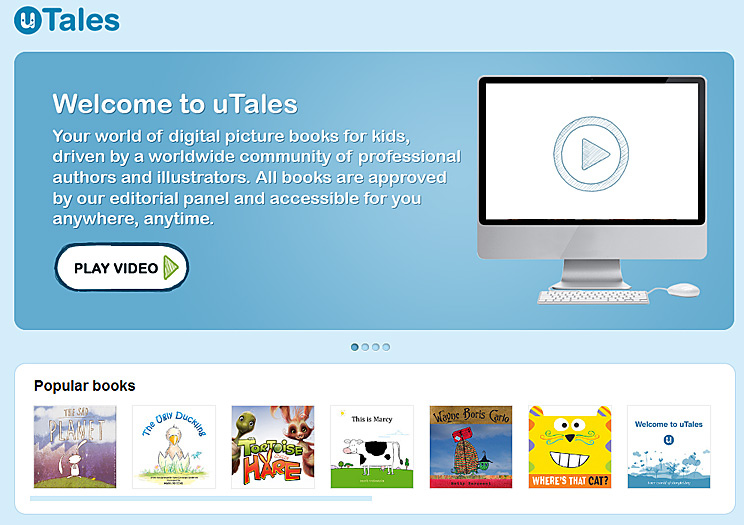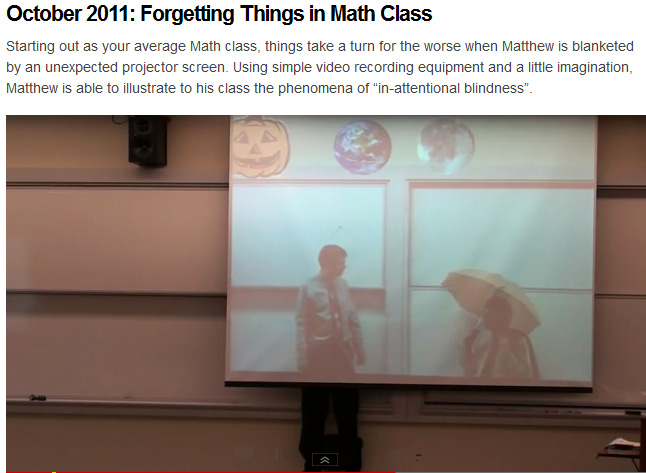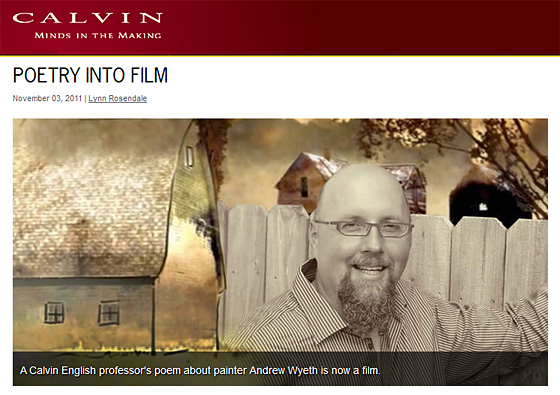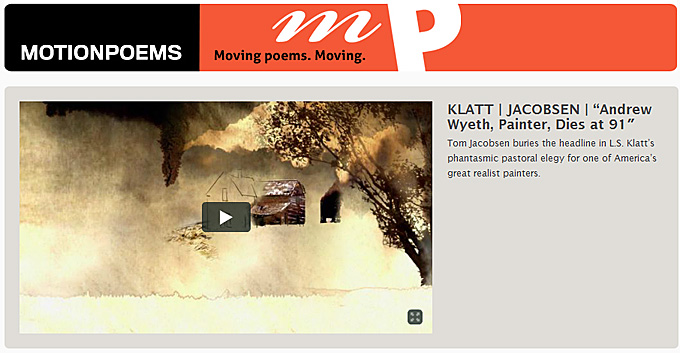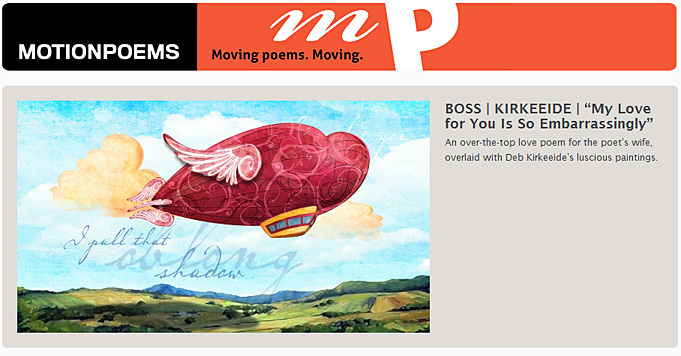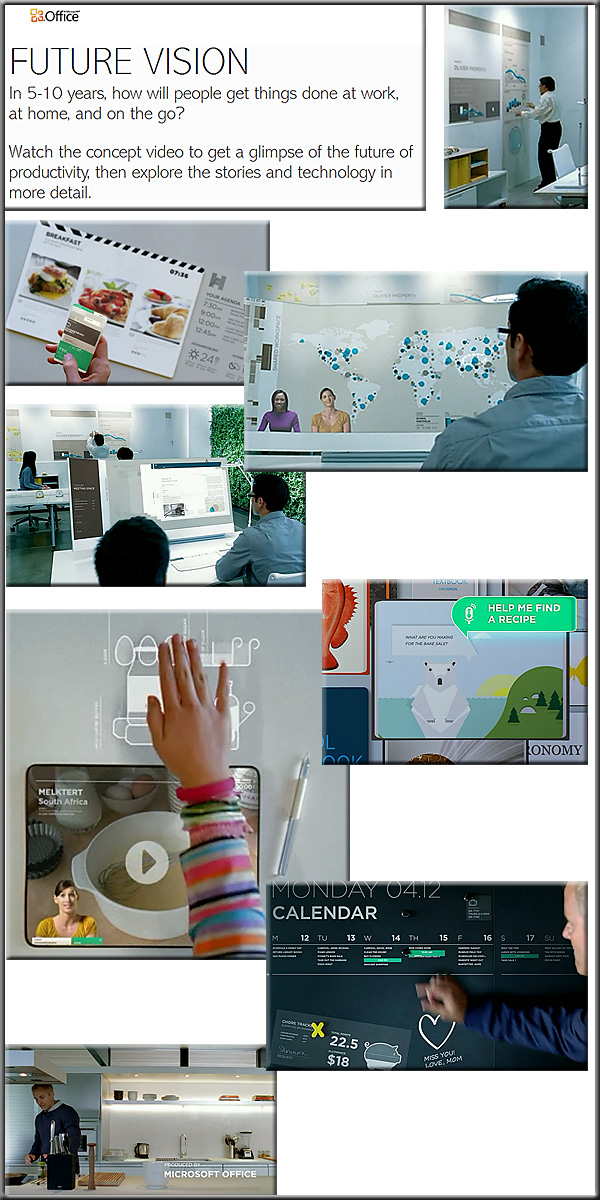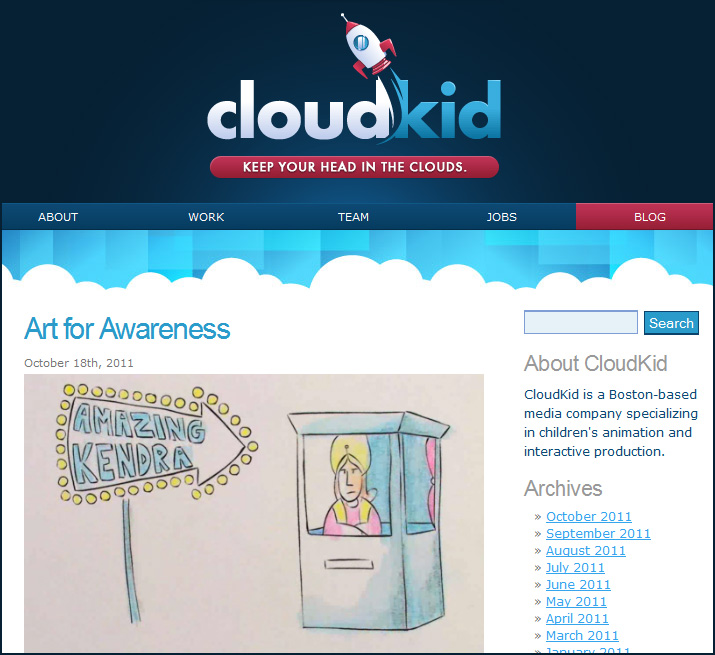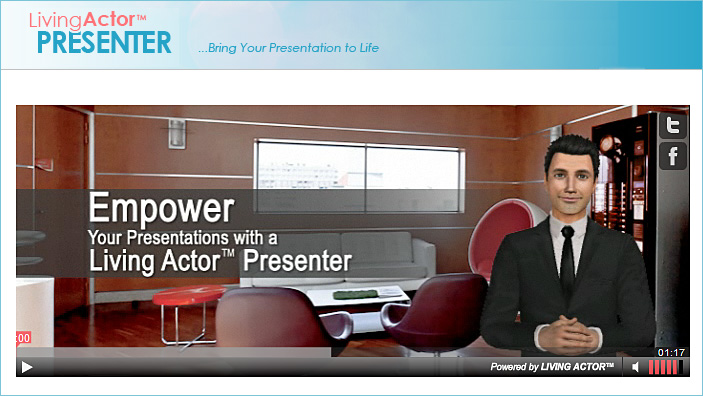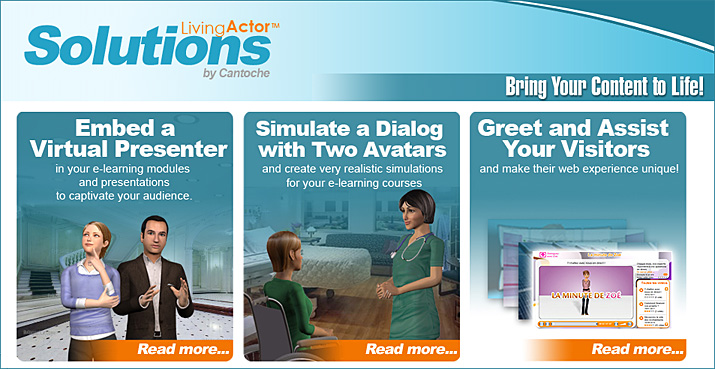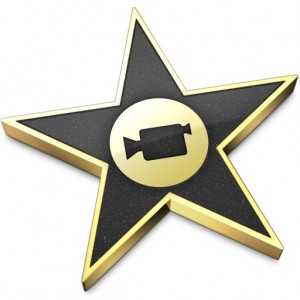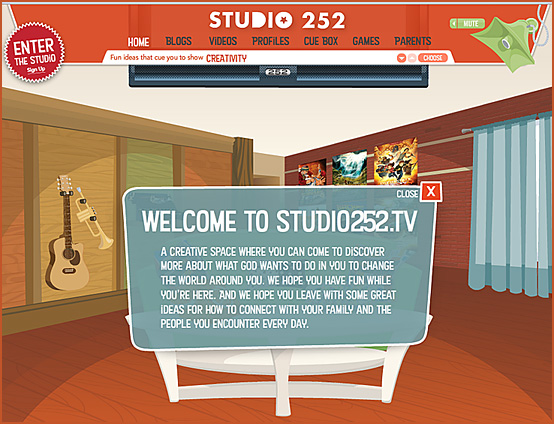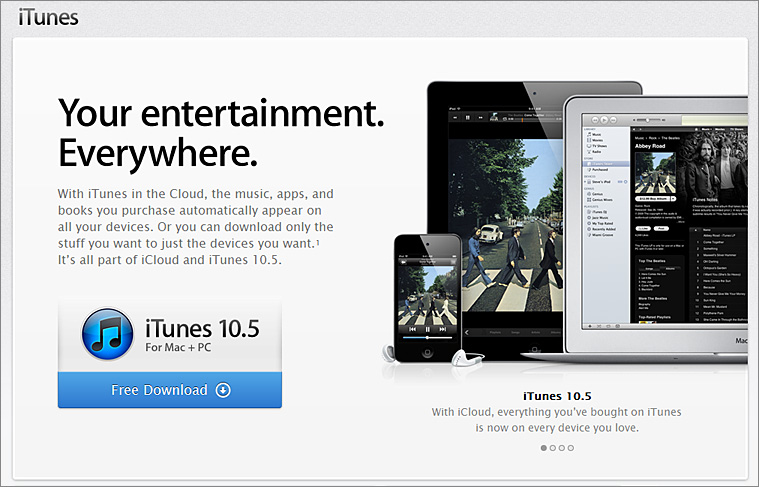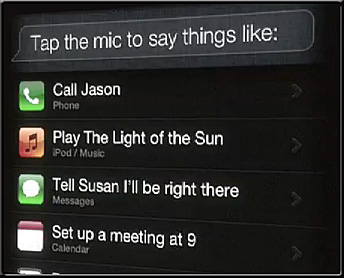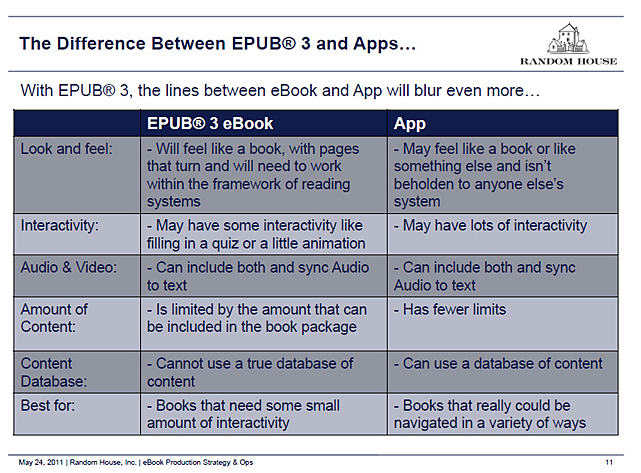- uTales: Crowdsourcing Children’s Book Publishing — from wired.com by Daniel Donahoo
Matt makes his point on memory and attention in a very entertaining way
(…note the solid applause and genuine excitement at the end of the clip on math)
— from http://www.fractuslearning.com/2011/11/21/4-videos-from-matthew-weathers/
From DSC:
And, due to the date, check out the Symbols of Thanksgiving as well! 🙂
Web-based digital storytelling tools and online interactive resources — from Danny Maas at maasd.edublogs.org
- Condensed, 2-Page Handout (950Kb)
- PDF handout version of the blog post (2.3 MB)
Underlying beliefs:
- Learning happens socially and through language
- Expressing ideas through multiple forms of media can enhance and deepen the meaning-making process
- Children benefit from opportunities to share what they know and how they feel in creative ways
- Sharing ideas and understanding in the form of a story helps with memory retention and sense-making
- Technology can offer learning opportunities consistent with a Universal Design for Learning environment:
- Multiple means of representation (taking in information)
- Multiple means of expression (sharing back knowledge)
- Multiple means of engagement (motivation for learning)
DIYDays in LA — from ChristineWeitbrecht.com
Excerpt:
Needless to say, today’s workshops at DIYDays LA were filled to the brim with great speakers and innovative perspectives. For those that couldn’t attend today’s workshops, here’s a re-cap of the most important bits:
Common Points
There were a few common themes mentioned in almost every talk I attended, and they were all based on experiences (good and bad) from existing projects…
People mentioned include:
Henry Jenkins: If it Doesn’t Spread, it’s Dead
Christy Dena: Spiral Worlds: Writing & Experience Design
Tommy Pallotta: Story & Code: Shifting Perspectives of Storytelling in Culture
Alison Norrington: Top-Down/Bottom-Up -Where is the Value?
Robert Pratten: Brand Integrated Storyworlds
Creating a Transmedia Narrative II: Storytelling — from ChristineWeitbrecht.com
Excerpt:
My last post on ‘Creating a Transmedia Narrative‘ ignited a lengthy discussion in one of my LinkedIn groups. It seems that some of my readers thought that I was trying to establish that transmedia narratives follow different narrative norms/ no longer need to be based on traditional conventions of telling a story. This is not what I was trying to say. I merely pointed at parallels found in successful story worlds, narrative universes that withstood the test of time and continue to invite producers and audiences to expand their stories across different media. In order to last for decades or more and be expandable across different media, any narrative needs to have a ‘larger-than-life’ aspect to it, and I used my blog post to break this ‘larger-than-life’ aspect down into its individual, more accessible parts.
Also see:
Digital book developers discuss the changing tide of storytelling — from padgadget.com
Addendum on 11/2/11:
- StoryWorld 2011 in San Francisco: Day 2 — from ChristineWeitbrecht.com
Storytelling in eLearning: The why and how — from eLearn Magazine by Shelley A. Gable
Digital storytelling with iMovie — from acu.edu by Kyle Dickson
Digital storytelling with Camtasia — from acu.edu by Kyle Dickson









